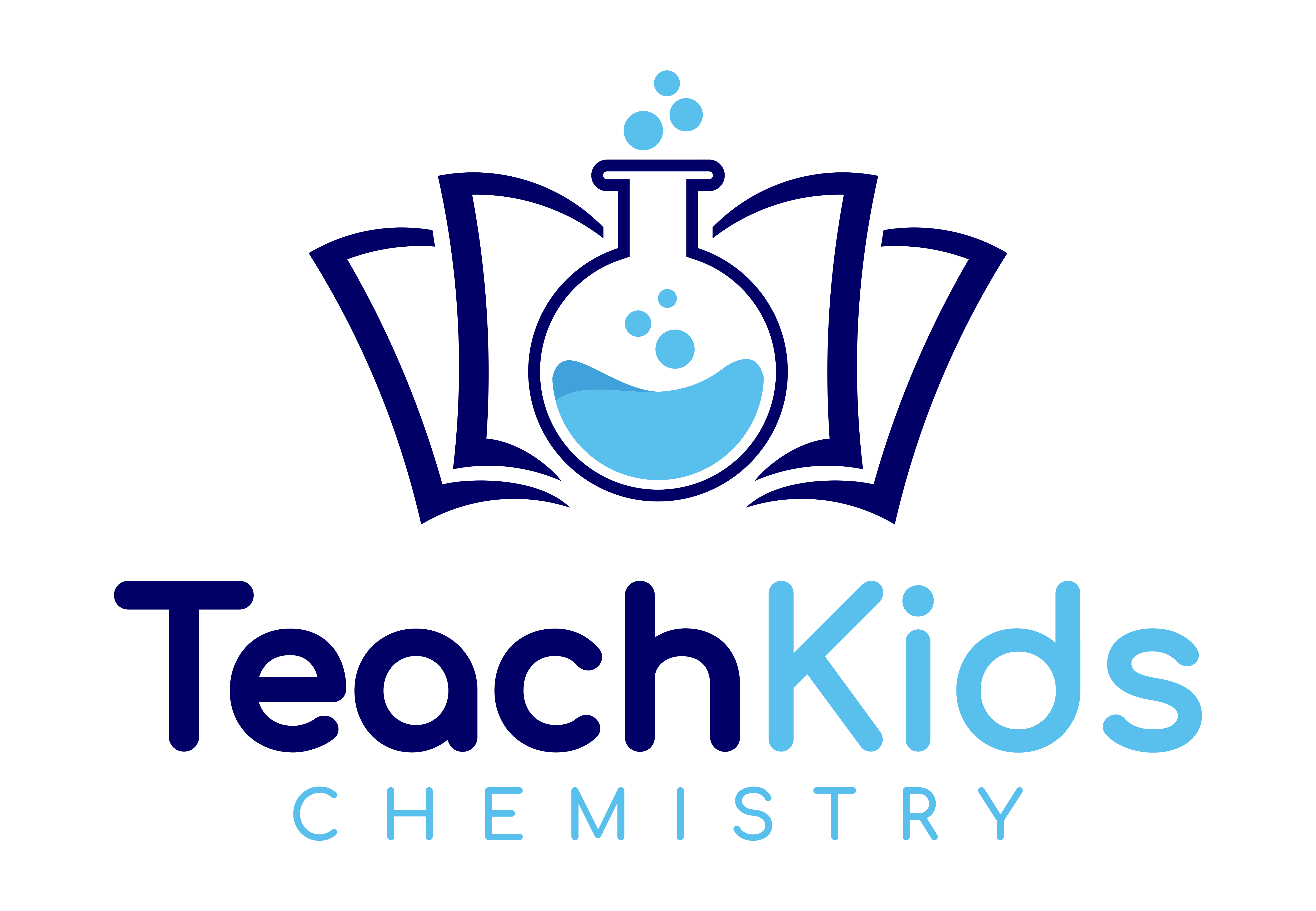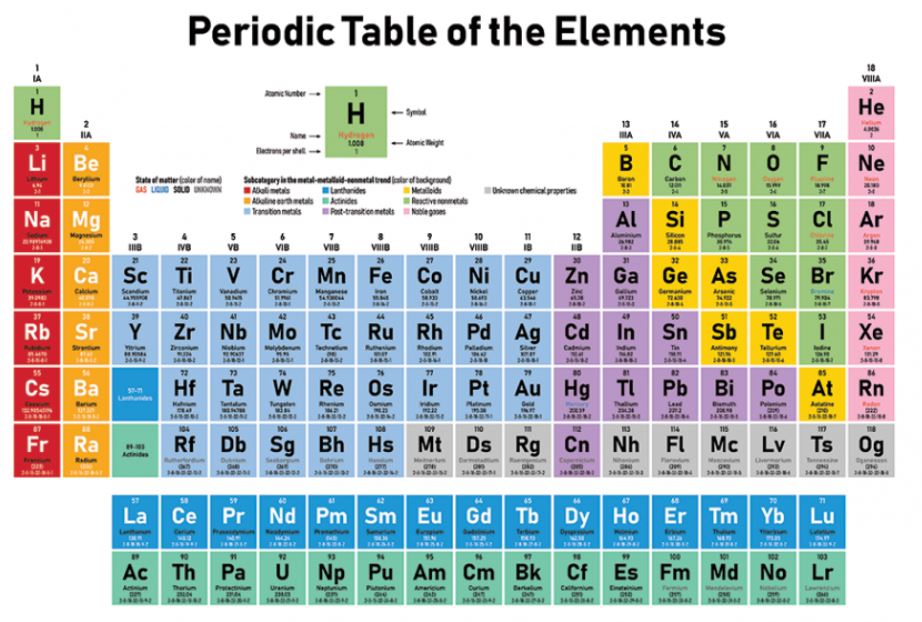Hello and welcome to Teach Kids Chemistry! Today, we will be exploring the fascinating element known as thorium. Thorium is a naturally occurring element with the symbol Th and atomic number 90. It is a radioactive metal that has a silvery-white appearance and is commonly found in minerals such as monazite and thorite. Despite its radioactivity, thorium has many practical applications, including its use in nuclear reactors and as a catalyst in the production of sulfuric acid. Join us as we delve deeper into the world of thorium and discover its unique properties and uses.
The Periodic Element Thorium Overview
Thorium is a chemical element with the symbol Th and atomic number 90. It is a silvery-white, radioactive metal that belongs to the actinide series of elements. Thorium has an atomic mass of 232.04 u and contains 90 protons and 90 electrons. The number of neutrons in thorium can vary, but the most common isotope has 142 neutrons. Thorium is located in period 7 and group 3 of the periodic table. It is a solid at room temperature and is classified as a metal. Thorium has an electronegativity of 1.3 and a specific heat capacity of 0.113 J/g·K. Its melting point is 1,750 °C and its boiling point is 4,790 °C. The density of thorium is 11.7 g/cm³.Thorium is a highly reactive metal that can ignite spontaneously in air. It is a radioactive element that undergoes alpha decay, emitting alpha particles and transforming into a new element. Thorium is used in nuclear reactors as a fuel source and in the production of nuclear weapons. It is also used in the manufacture of high-temperature alloys, such as those used in the aerospace industry. Despite its radioactivity, thorium is considered to be less dangerous than other radioactive elements, such as uranium and plutonium, because it emits less harmful radiation and has a longer half-life. Thorium is not found in nature in its pure form, but is instead found in minerals such as thorite and monazite.
Everyday objects that contain the periodic element thorium?
There are many everyday objects that contain chemicals or compounds that can be used to teach chemistry concepts. For example, water is a compound made up of two hydrogen atoms and one oxygen atom, and can be used to teach about chemical formulas and the properties of compounds. Salt, which is made up of sodium and chlorine ions, can be used to teach about ionic bonding and the properties of solutions. Baking soda, which is sodium bicarbonate, can be used to teach about chemical reactions and the properties of acids and bases. Other examples include vinegar, which is acetic acid, and aspirin, which is acetylsalicylic acid. By using everyday objects that contain chemicals, students can learn about chemistry concepts in a simple and relatable way.
Differences in the periodic element thorium across states of matter
The state of an element can vary greatly depending on its temperature and pressure. At standard temperature and pressure (STP), most elements are either solids or gases. Solids have a fixed shape and volume, while gases have neither. As temperature and pressure increase, some solids can become liquids, which have a fixed volume but take the shape of their container. As temperature and pressure continue to increase, some liquids can become gases, which have neither a fixed shape nor volume. At extremely high temperatures and pressures, some gases can become plasmas, which are highly ionized and conductive. Plasmas are often found in stars and lightning bolts, and have unique properties such as the ability to emit light.
Is the periodic element thorium dangerous or radioactive?
Thorium is a naturally occurring element that is slightly radioactive, but it is not considered dangerous in its natural state. It is commonly found in soil, rocks, and minerals, and is used in various industrial applications such as in the production of gas mantles, welding rods, and as a fuel for nuclear reactors. While exposure to high levels of thorium can be harmful, the low levels found in everyday life are not considered a significant health risk. Overall, thorium is a relatively safe and useful element.
Is the periodic element thorium rare and expensive?
Thorium is a naturally occurring element that is relatively abundant in the Earth’s crust, with an estimated concentration of about 9.6 parts per million. It is not considered a rare element, and its cost is relatively low compared to other rare earth elements. However, the extraction and processing of thorium can be complex and expensive, which has limited its use in commercial applications. Thorium is primarily used as a nuclear fuel in certain types of reactors, and as a component in high-temperature alloys and electronic equipment. Overall, while thorium is not considered rare or prohibitively expensive, its use is limited by technical and economic factors.
Learn about all the elements with a periodic table!

